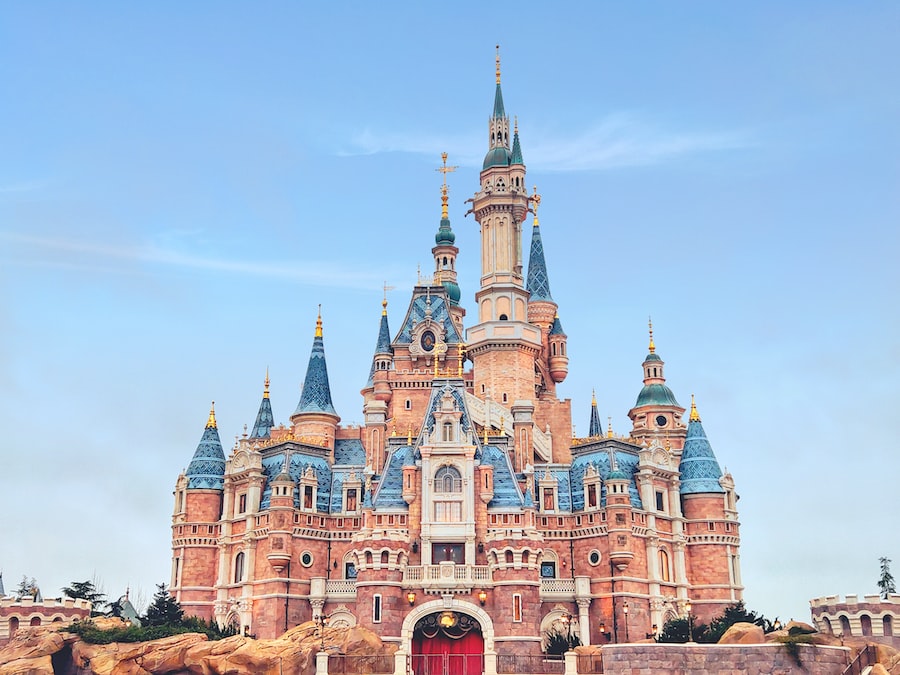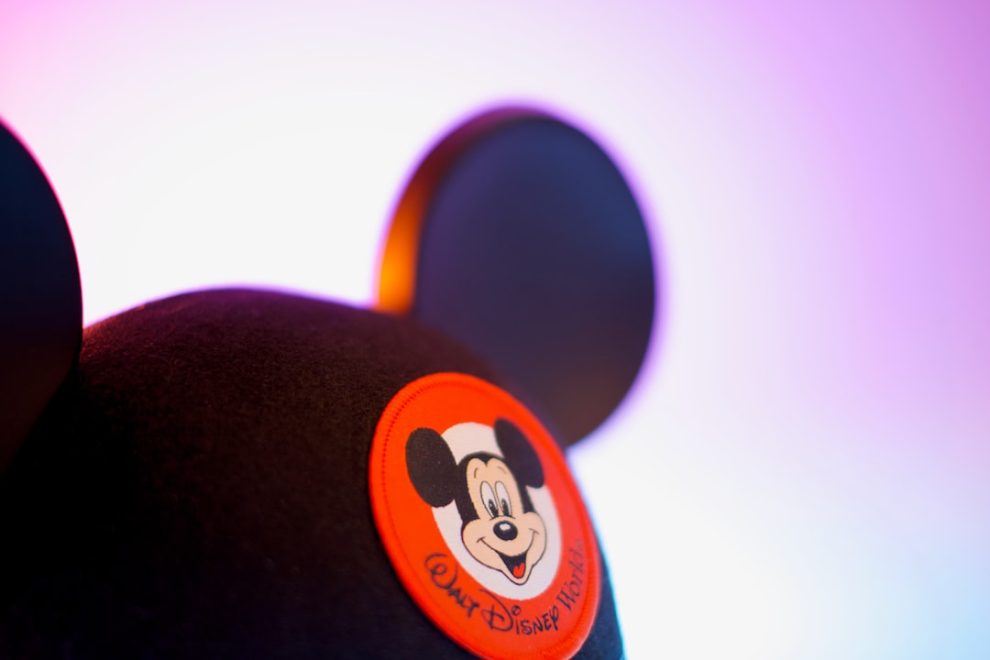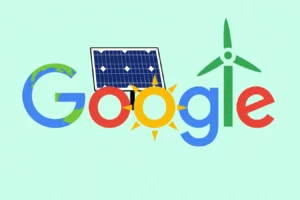Walt Disney is a name that is synonymous with entertainment and imagination. Born on December 5, 1901, in Chicago, Illinois, Disney went on to become one of the most influential figures in the entertainment industry. His creativity and innovation revolutionized animation and storytelling, creating beloved characters and timeless stories that have captivated audiences for generations. From the creation of Mickey Mouse to the founding of Disneyland, Disney’s impact on popular culture is immeasurable. This article will explore the life and legacy of Walt Disney, delving into his early years, the birth of Mickey Mouse, the golden age of animation, the creation of Disneyland, the Disney Renaissance, and the enduring influence of Disney on entertainment and society as a whole.
The Early Years of Walt Disney: From Humble Beginnings to Creative Genius
Walt Disney’s childhood was marked by a love for drawing and storytelling. Growing up in a modest household in Marceline, Missouri, Disney developed a passion for art from an early age. He would often draw pictures for his neighbors and classmates, showcasing his natural talent and creativity. After moving to Kansas City with his family, Disney began his career in animation by working at an art studio. It was during this time that he honed his skills and developed a keen eye for detail.
In 1922, Disney founded Laugh-O-Gram Studio in Kansas City, where he produced a series of short films called “Laugh-O-Grams.” These films combined animation with live-action footage and were well-received by audiences. However, due to financial difficulties, Laugh-O-Gram Studio eventually went bankrupt. Undeterred by this setback, Disney packed his bags and headed to Hollywood.
In 1923, Disney founded Disney Brothers Studio with his brother Roy. The studio initially focused on producing a series of short films called “Alice Comedies,” which featured a live-action girl interacting with animated characters. These films were successful and caught the attention of distributor Margaret Winkler, who signed a contract with Disney to distribute the Alice Comedies. This marked the beginning of Disney’s rise to fame and success in the animation industry.
The Birth of Mickey Mouse: How a Cartoon Character Became a Global Icon
One of Disney’s most significant contributions to popular culture was the creation of Mickey Mouse. In 1928, Disney introduced the world to this iconic character in the animated short film “Steamboat Willie.” Mickey Mouse quickly became a sensation, capturing the hearts of audiences with his charm and mischievous personality. The success of “Steamboat Willie” marked a turning point in animation history, as it was one of the first cartoons to feature synchronized sound.
The introduction of sound in animation revolutionized the industry and opened up new possibilities for storytelling. With Mickey Mouse at the forefront, Disney continued to produce a series of successful short films featuring the beloved character. Mickey Mouse became a cultural phenomenon, appearing in comic strips, merchandise, and even inspiring a fan club called the Mickey Mouse Club.
Over the years, Mickey Mouse has evolved and adapted to changing times while remaining an enduring symbol of Disney’s legacy. From his early days as a mischievous character in black and white cartoons to his modern incarnation as a cheerful and optimistic figure, Mickey Mouse has captured the hearts of people around the world. His iconic status is a testament to Disney’s ability to create characters that resonate with audiences across generations.
The Golden Age of Animation: Disney’s Innovations in Film Technology
During what is often referred to as the Golden Age of Animation, Disney’s innovations in film technology propelled the industry forward. One of his most significant contributions was the development of the multiplane camera, which allowed for more depth and realism in animated films. This groundbreaking technology involved stacking multiple layers of artwork on different levels and moving them independently to create the illusion of depth.
The release of “Snow White and the Seven Dwarfs” in 1937 marked another milestone in Disney’s career. It was the first full-length animated feature film and a massive success both critically and commercially. The film showcased Disney’s ability to tell compelling stories through animation and solidified his position as a pioneer in the industry.
Following the success of “Snow White,” Disney continued to release a string of classic films, including “Pinocchio,” “Fantasia,” “Dumbo,” and “Bambi.” These films showcased Disney’s commitment to pushing the boundaries of animation and storytelling. The combination of innovative animation techniques, memorable characters, and captivating narratives made these films beloved by audiences of all ages.
Disney’s animation innovations had a profound impact on the film industry as a whole. His use of color, music, and storytelling techniques set a new standard for animated films. The success of Disney’s films inspired other studios to invest in animation and pushed the boundaries of what was possible in the medium. Today, Disney’s animation legacy continues to influence filmmakers and animators around the world.
Disneyland: The First Theme Park and Its Impact on the Entertainment Industry
Disneyland, the first-ever theme park, is another testament to Walt Disney’s visionary approach to entertainment. Inspired by his love for amusement parks and his desire to create a place where families could have fun together, Disney set out to build a park that would transport visitors into a world of fantasy and imagination.
Disneyland opened its doors on July 17, 1955, in Anaheim, California. The park was divided into different themed lands, including Main Street, U.S.A., Adventureland, Frontierland, Fantasyland, and Tomorrowland. Each land offered unique attractions, shows, and experiences that catered to different interests and age groups.
The opening of Disneyland was an immediate success, with thousands of visitors flocking to experience the magic of the park. It quickly became a cultural phenomenon and a symbol of American optimism and innovation. Disneyland’s success paved the way for the theme park industry as a whole, inspiring the creation of countless parks around the world.
The Disney Renaissance: A Revival of Classic Animation and New Creative Ventures

In the 1970s and 1980s, Disney’s animation division experienced a decline in both critical and commercial success. However, in 1989, Disney made a comeback with the release of “The Little Mermaid.” This film marked the start of what is now known as the Disney Renaissance, a period of renewed creativity and success for the studio.
“The Little Mermaid” was followed by a string of successful animated films, including “Beauty and the Beast,” “Aladdin,” “The Lion King,” and “Pocahontas.” These films showcased Disney’s ability to tell compelling stories with memorable characters while incorporating elements of Broadway musicals. The Disney Renaissance not only revitalized the animation division but also expanded Disney’s creative ventures into other areas, such as Broadway shows and live-action films.
During this period, Disney also experimented with computer-generated animation, releasing films like “Toy Story” in collaboration with Pixar Animation Studios. This marked a new era for Disney, as it embraced new technologies and storytelling techniques to create innovative and visually stunning films.
The Legacy of Walt Disney: His Vision and Impact on Pop Culture
Walt Disney’s vision for entertainment was rooted in his belief in the power of storytelling and imagination. He once said, “I only hope that we don’t lose sight of one thing – that it was all started by a mouse.” This quote encapsulates Disney’s humble beginnings and his understanding that even the smallest idea can have a profound impact.
Disney’s impact on popular culture cannot be overstated. His creations have become ingrained in our collective consciousness, shaping the way we view and experience entertainment. From Mickey Mouse to Disneyland, Disney’s influence can be seen in films, television shows, theme parks, merchandise, and even everyday language.
Disney’s commitment to quality and innovation set a new standard for the entertainment industry. His attention to detail, storytelling prowess, and ability to create characters that resonate with audiences have become hallmarks of the Disney brand. Today, Disney continues to be a dominant force in the entertainment industry, with its films, television shows, theme parks, and merchandise captivating audiences around the world.
The Disney Empire: From Animation to Television, Music, and Merchandising
Over the years, Disney has expanded beyond animation into various other areas of entertainment. The company now encompasses television networks like ABC and ESPN, music labels like Hollywood Records, and a vast array of merchandise. This expansion has allowed Disney to reach audiences through multiple platforms and diversify its revenue streams.
Disney’s ventures into television have been particularly successful. Shows like “The Mickey Mouse Club,” “DuckTales,” “The Simpsons,” and “High School Musical” have become cultural touchstones and have helped solidify Disney’s presence in the television industry. Additionally, Disney’s acquisition of Marvel Entertainment in 2009 and Lucasfilm in 2012 has further expanded its reach and influence.
Music has also played a significant role in Disney’s success. The company has produced numerous soundtracks for its films and television shows, many of which have become chart-topping hits. Artists like Miley Cyrus, Demi Lovato, and Selena Gomez got their start with Disney and have gone on to achieve successful music careers.
Merchandising is another area where Disney has excelled. From toys and clothing to home decor and collectibles, Disney merchandise is highly sought after by fans of all ages. The iconic Mickey Mouse ears are instantly recognizable around the world and have become a symbol of Disney’s brand.
The Magic of Disney Parks: The Experience of Immersive Entertainment
One of the most significant contributions of Walt Disney is the creation of immersive entertainment experiences through his theme parks. Disneyland was just the beginning, as Disney went on to open parks around the world, including Walt Disney World in Florida, Tokyo Disneyland, Disneyland Paris, Hong Kong Disneyland, and Shanghai Disneyland.
Disney parks offer visitors a chance to step into a world of fantasy and imagination. From thrilling rides and live shows to character meet-and-greets and parades, every aspect of the park is designed to create a magical experience for guests. The attention to detail, storytelling, and customer service sets Disney parks apart from other theme parks and has made them a top destination for tourists from around the globe.
The impact of Disney parks extends beyond just entertainment. They have become major economic drivers for their respective regions, attracting millions of visitors each year and generating billions of dollars in revenue. Additionally, Disney parks have created thousands of jobs and have had a positive impact on local economies.
The Future of Disney: Innovation and Expansion in a Changing Industry
The entertainment industry is constantly evolving, and Disney has always been at the forefront of innovation. In recent years, Disney has faced challenges from streaming services and changing consumer preferences. However, the company has responded by launching its own streaming platform, Disney+, which has quickly become a major player in the streaming market.
Disney’s acquisition of other companies, such as Pixar, Marvel Entertainment, Lucasfilm, and 21st Century Fox, has also positioned the company for future success. These acquisitions have expanded Disney’s content library and allowed it to tap into new audiences and markets.
Looking ahead, Disney is poised to continue its tradition of innovation and expansion. The company has announced plans for new attractions at its theme parks, including Star Wars-themed lands and Marvel-themed areas. Additionally, Disney is investing in original content for Disney+, with plans to release new films and television shows exclusively on the streaming platform.
Walt Disney’s Enduring Influence: Inspiring Creativity and Imagination for Generations
Walt Disney’s legacy is one of inspiration, creativity, and imagination. His ability to create characters and stories that resonate with audiences has inspired generations of artists and creators. Many filmmakers, animators, and storytellers credit Disney as a major influence on their work.
Disney’s commitment to quality and innovation has set a high standard for the entertainment industry. His attention to detail, storytelling prowess, and ability to create immersive experiences have become benchmarks for success. Disney’s enduring influence can be seen in the countless films, television shows, theme parks, and merchandise that bear his name.
In today’s world, where technology and media are constantly evolving, Disney’s vision and legacy remain as relevant as ever. His belief in the power of storytelling and imagination continues to inspire artists and creators to push the boundaries of what is possible in entertainment. The enduring popularity of Disney’s characters and stories is a testament to his ability to capture the hearts and imaginations of people around the world.
Walt Disney’s life and legacy are a testament to the power of creativity and imagination. From his humble beginnings to his rise as a creative genius, Disney revolutionized the entertainment industry through his innovations in animation, the creation of beloved characters like Mickey Mouse, the founding of Disneyland, and his commitment to quality and innovation.
Disney’s impact on popular culture is immeasurable. His creations have become ingrained in our collective consciousness, shaping the way we view and experience entertainment. From films and television shows to theme parks and merchandise, Disney continues to captivate audiences around the world.
As we look to the future, it is clear that Disney’s influence will continue to be felt in the entertainment industry and beyond. His vision and legacy inspire artists and creators to push the boundaries of what is possible, creating new worlds and stories that captivate audiences of all ages. Walt Disney’s enduring influence on creativity and imagination will continue to inspire generations to come.
















Add Comment